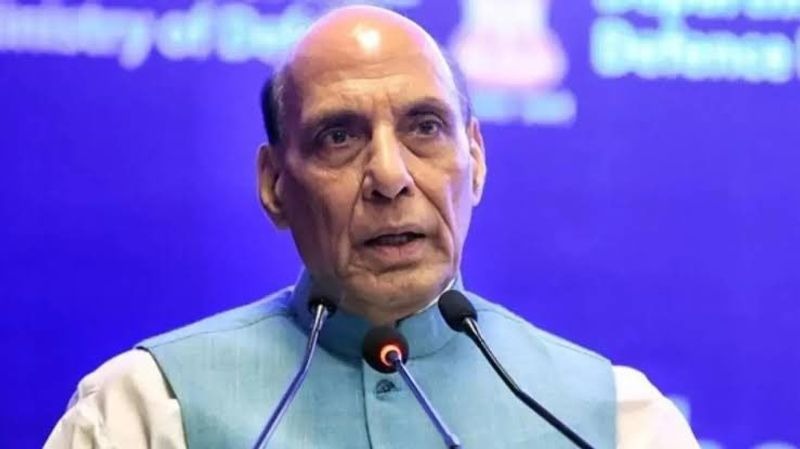
India is committed to ensuring international peace and stability through strength and strategic innovation, Defence Minister Rajnath Singh emphasized on Tuesday. Speaking at the Aero India 2025 conference of Defence Ministers, he addressed the evolving global security landscape, stressing the need for strong partnerships to counter emerging threats such as terrorism, cybercrime, and climate-induced disasters.
Security Challenges: The Blurring Line Between Border and Internal Security
Rajnath Singh warned that the increasing number of conflicts worldwide has made security highly unpredictable. The traditional distinction between border security and internal security is rapidly diminishing, as hybrid warfare now poses a significant threat to national infrastructure, even during peacetime.
What is Hybrid Warfare?
Hybrid warfare involves a combination of diplomatic, political, media, cyber, and military strategies to destabilize and weaken an adversary. Unlike conventional wars, it exploits vulnerabilities through cyberattacks, misinformation campaigns, and economic pressure, rather than direct military engagement.
India remains committed to global security efforts, promoting cooperation to tackle shared threats such as terrorism, cybercrime, humanitarian crises, and climate-related disasters.
India Unveils Vehicle-Mounted Counter-Drone System
In a significant boost to India's defence capabilities, Adani Defence and Aerospace, in collaboration with DRDO, has unveiled a vehicle-mounted counter-drone system. This advanced system is designed to neutralize aerial threats, particularly as drones become a growing concern in modern warfare.
Key Features of the Counter-Drone System:
- Mounted on a 4M4 military vehicle.
- Equipped with a high-energy laser system to shoot down drones.
- Features a 7.62 mm gun and advanced radar for enhanced targeting.
- Has an operational range of up to 10 kilometers.
With drones being increasingly used for surveillance and offensive operations, this new system marks a crucial step in strengthening India’s air defence.
HAL Targets ₹2.2 Lakh Crore in Defence Orders by 2030
Hindustan Aeronautics Limited (HAL) is set for a massive expansion, with a current order book of ₹1.2 lakh crore and an additional ₹1 lakh crore in expected orders within the next year. This will take HAL's total order book to ₹2.2 lakh crore, aimed for completion by 2030.
Key Defence Contracts:
- 97 Tejas Light Combat Aircraft (LCA)
- 156 Prachanda Light Combat Helicopters (LCH)
- Manufacturing of 240 engines for Sukhoi aircraft
HAL’s Chairman and Managing Director, DK Sunil, stated that the company is investing ₹2,500 crore annually in research and development to enhance its capabilities.
Boosting Production Capacity: Private Partnerships & Export Expansion
To meet growing demand, HAL has partnered with private sector giants like Tata and L&T. The company is also exploring international defence exports:
- Philippines: Talks for the sale of Dornier aircraft are ongoing.
- Guyana: HAL has already delivered two Dornier aircraft.
- Nigeria, Morocco & Egypt: Negotiations underway for further exports.
Advanced Medium Combat Aircraft (AMCA): The Future of Indian Air Power
HAL has nearly completed the design of the Advanced Medium Combat Aircraft (AMCA).
- First flight expected in early 2028.
- Full-scale production likely to begin by 2034.
This ambitious project will significantly enhance India’s air superiority, with cutting-edge technology and next-generation combat capabilities.
--Advertisement--

 Share
Share



